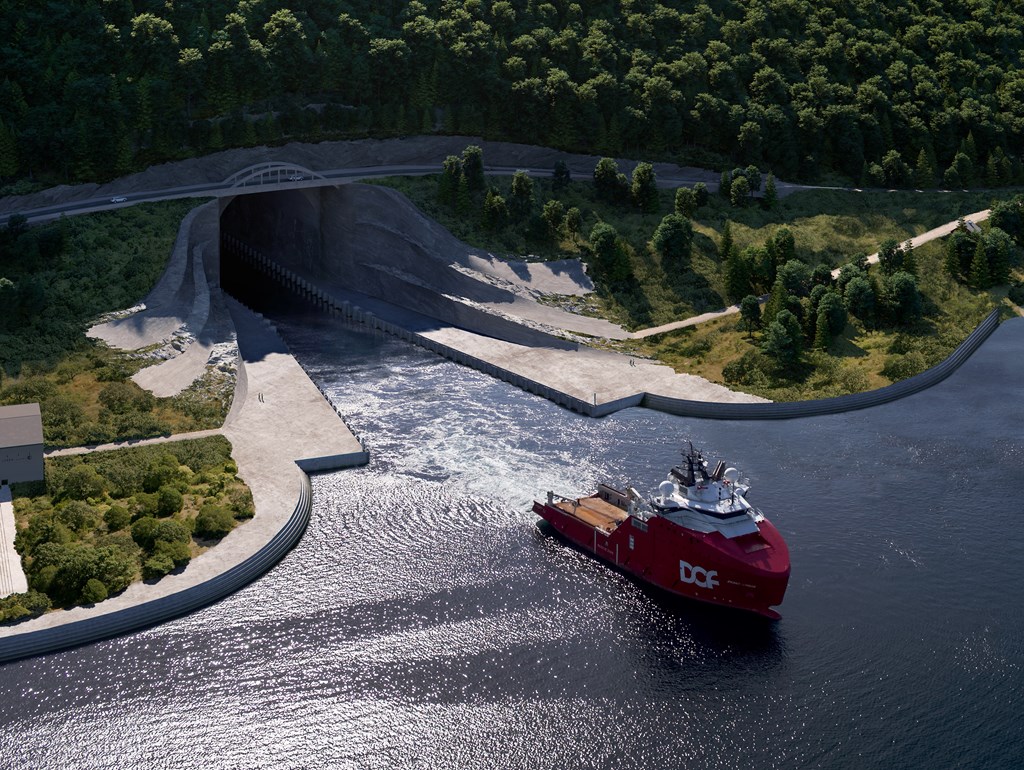Six in race to build Norway’s giant ship tunnel
Norway's Stad Ship Tunnel Project Advances

Six contractors are vying to construct Norway’s Stad ship tunnel, a significant 1.7-kilometer underground canal. This project aims to allow vessels to bypass the treacherous waters surrounding the Stadlandset peninsula in southern Norway. The Stadhavet Sea, notorious for its dangerous maelstroms, has been the site of 33 maritime fatalities over the past 80 years. The tunnel is expected to enhance maritime safety and efficiency in the region.
Contractors Compete for Major Project
The competition for the Stad ship tunnel project includes a diverse group of contractors. Among them are a joint venture of Skanska from Sweden and Norway’s Vassbakk og Stol, as well as AF Gruppen Norge, a Norwegian company. A Chinese consortium comprising PowerChina International, Sichuan Road and Bridge, and Sinohydro Bureau 7 is also in the running. Other contenders include Eiffage Civil Engineering from France, a joint venture of two subsidiaries of China Communications, and a partnership between Spain’s Acciona and Norway’s Bertelsen og Garpestad.
Optimizing Efficiency: Suppressing Thruster Tunnel Drag to Save Energy and Costs
Harald Inge Johnsen, the project manager, expressed satisfaction with the number of qualified bidders. He stated, “We are pleased that so many solid contractors want to compete for the construction of the Stad ship tunnel. This ensures healthy competition among the bidders.” The design-build contract, valued at approximately $400 million, was announced in November. The Norwegian Coastal Administration (Kystverket) will assess the bidders’ qualifications and aims to complete this evaluation by the end of March. Qualified contractors will then be invited to submit formal bids.
If the timeline proceeds as planned, the contract could be awarded in the autumn. Construction is expected to commence in early 2026 and will take around five years to complete. Johnsen noted that the most significant challenge for contractors will likely be the tunnel portals, which will be as large as the tunnel itself, measuring 50 meters high and 40 meters wide—about seven times the height of a standard road tunnel. This ambitious project promises to transform maritime navigation in the region while enhancing safety for vessels traversing these perilous waters.
